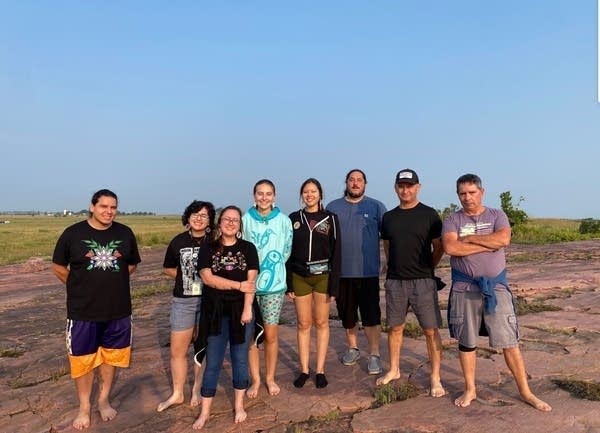Minnesota program empowers Native American students in museum fields

The 2023 cohort, program and site staff at the Jeffers Petroglyphs site in Comfrey, Minn. From left to right: Gavin Zemple (Lower Sioux Dakota), August Mentch (White Earth Anishinaabe), Chloe Cashman (Bois Forte Anishinaabe), Taylor Fairbanks (White Earth Anishinaabe), Eileen Bass (Muscogee Creek, Lakota, Sac & Fox of Oklahoma), David Breise (Cherokee), George Growingthunder (Ft. Peck Nakota) and Jim Kunesh (Standing Rock Lakota).
Courtesy of Minnesota Historical Society
Go Deeper.
Create an account or log in to save stories.
Like this?
Thanks for liking this story! We have added it to a list of your favorite stories.



